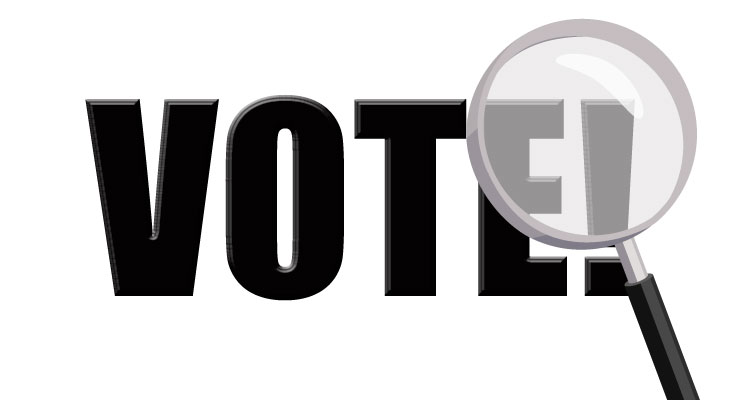
A new post by Richard Winger at Ballot Access News titled “California Ballots, Combined with Large Number of Candidates for Governor and U.S. Senator, Create Many Invalid Votes” had this review of the situation:
California has been using the top-two system starting in 2011. But 2018 is the first year in which both Governor and U.S. Senate are on the ballot. Both offices always attract many candidates into the primary. And because candidates from all parties, as well as independent candidates, all run on the same ballot, the 2018 primary ballot is especially long.
This article from the Los Angeles Times explains that many counties are forced to put either Governor, or U.S. Senate, on the primary ballot so that some candidates for either office are listed in two separate columns. This, in turn, causes many voters to make a choice in each column. So, even though these voters understand that they can only vote for one person for any particular race, they still vote for two candidates for the same office because they choose one candidate from each column.
Of course, if each of California’s six qualified parties had its own primary ballot, there would be no such problem.
Some background from the Los Angeles Times:
When the list of candidates spills into a second or third column on the ballot, in some cases on the other side of the page, voters can mistakenly choose one name from each list and cast an “overvote.” The most infamous example was the Florida “butterfly ballot” in the 2000 presidential race.
In 2016, there were 33 California counties that listed the Senate candidates in more than one column. Those counties had more than four times as many Senate “overvote” cases as local communities with all the names in a single column. Statewide, that translated into 235,821 mistakenly marked ballots.
Leave a Reply